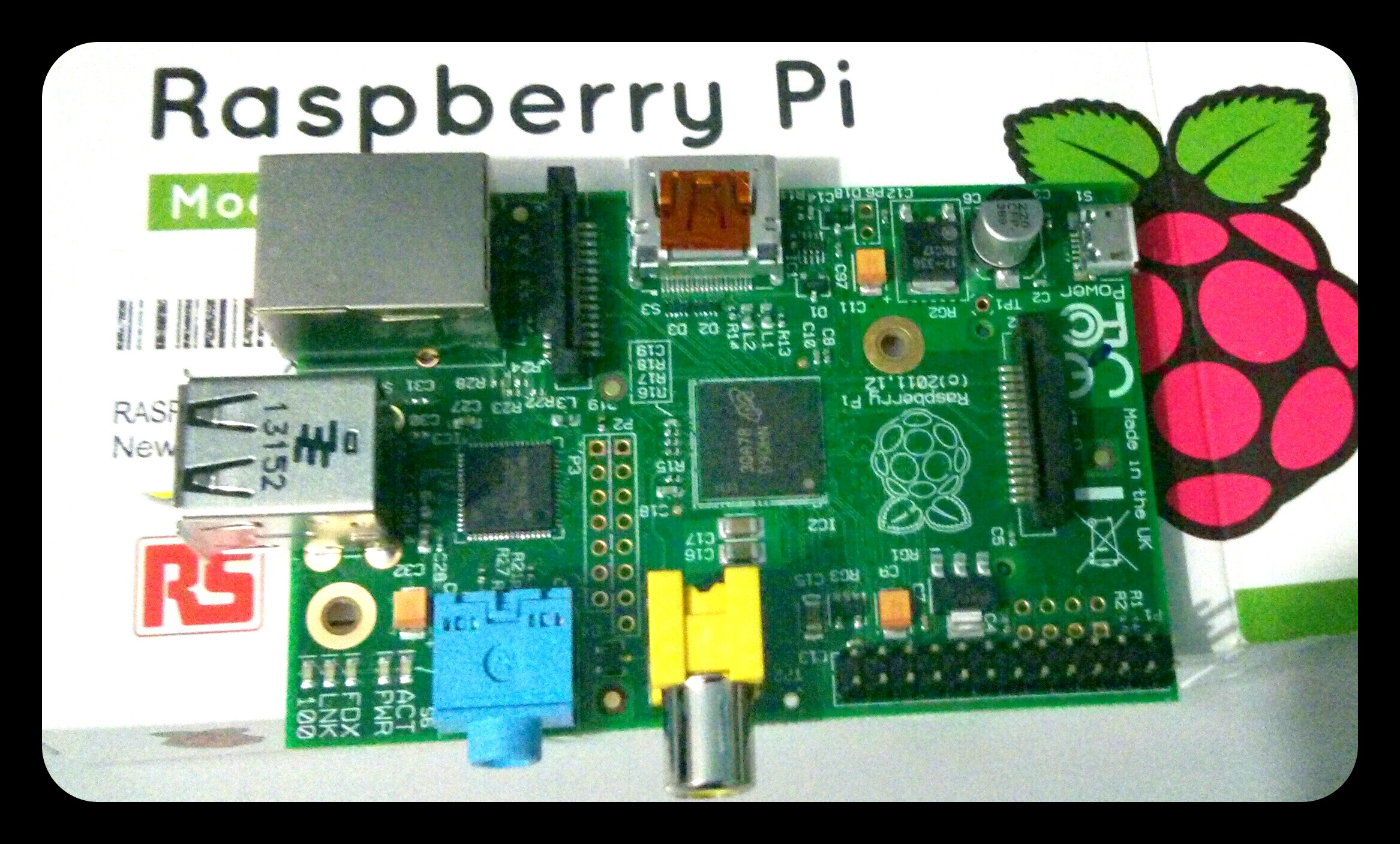

- #RASPBERRY PI CGMINER NOT FINDING DEVICE HOW TO#
- #RASPBERRY PI CGMINER NOT FINDING DEVICE INSTALL#
- #RASPBERRY PI CGMINER NOT FINDING DEVICE DRIVERS#
- #RASPBERRY PI CGMINER NOT FINDING DEVICE DRIVER#
In the demo, Data Slayer is using the SHA-256 algorithm for mining which can be configured in CG Miner.
#RASPBERRY PI CGMINER NOT FINDING DEVICE DRIVER#
This application is the main driver behind mining operations.
#RASPBERRY PI CGMINER NOT FINDING DEVICE INSTALL#
Once he had the operating system installed, he branched into the Pi via SSH to install CG Miner. To conserve resources, Data Slayer is using a 32-bit Lite version of the Raspberry Pi OS. The system is a headless setup so it must be operated over SSH. For storage, the project relies on a 32GB micro SD card. RTL8188CUS 802.11n WLAN Adapter' but will change depending of the model you connect. This Antminer is connected to a USB stick which requires a large heatsink when operating to keep it cool. To check if the Raspberry Pi is detecting the USB dongle, use the command: sudo lsusb You should see something similar to this 'Bus 001 Device 004: ID 0bda:8176 Realtek Semiconductor Corp. In this case, he has a 1 in 2 billion chance of winning an entire block each day.ĭata Slayer is using a Raspberry Pi Zero W which requires network connectivity to function. Because the system is so small, it is not practical enough for regular mining and is better suited for what is called lotto mining.

The system is linked to a bitcoin wallet, which will receive a nice deposit if he is lucky enough to win a perfect hash. It is connected via USB to an Antminer which is responsible for handling the bitcoin mining algorithm.
#RASPBERRY PI CGMINER NOT FINDING DEVICE HOW TO#
The way the project works is quite simple. How to Set up the GekkoScience Compac F, Bitcoin USB ASIC Miner 2022 - CGminer Installation JTC44.

If you don’t have a functional project you can always gamble a bit like what creator Data Slayer is doing with this bitcoin mining project, With a Raspberry Pi Zero with USB Antminer device, he’s taking a chance (a very small chance) that he’ll get lucky and win some serious cryptocurrency. Much more bearable.If you have extra raspberry Pi Lying aside, you should really be putting it to good use. If we check with top once more you will find cgminer happily ticking away at around 10% CPU usage. –real-quiet disable’s all output (not strictly true, but close enough) /buildminer.sh all Upon compiling, exit from your host-session, unplug the antsticks, power-cycle the Raspberry Pi and then plug-in antsticks. –compact removes the mining device statistics

#RASPBERRY PI CGMINER NOT FINDING DEVICE DRIVERS#
I got Raspbian but cant find out how to down load the antminer U3 drivers or CGminer 4.8.0. cgminer -compact -real-quiet -config /path/to/nf >/dev/null 2>&1& peontky Posts: 1 Joined: Fri 9:22 pm How to add cgminer 4.8.0 on pi raspbian Fri 9:31 pm I am going crazy. Now that our Pi is back to normal let’s try making cgminer a background process once more but with a couple of extras added in sudo nohup. Let’s stop cgminer by taking note of the number under the PID column for cgminer and running the following sudo kill replacewithpid It won’t be long before your poor Pi is crying in agony (passively cooled and stressed is not a combination I would want to occur for any stretch of time) You will most likely experience something like the below: Left: top, Right: cgminer with nohup + output to /dev/nullĬheck out that cpu usage by cgminer… 93.2% Go ahead and run the following to check the processes running on your Pi top Will run the command as a child process of your current sessionĭue to the nature of cgminer and the interface it outputs, sending the output to /dev/null makes it go all crazy on the Raspberry Pi’s CPU. Will send any standard output errors (so any errors) to standard output, which is going to /dev/null & Will send any standard output from the command to the blackhole known as /dev/null 2>&1 Will block any command from receiving the hangup signal which is sent out to all processes in a shell upon termination (say, when you log out) >/dev/null Let’s break this down so we know exactly what is going on nohup cgminer -config /path/to/nf >/dev/null 2>&1& a service) so even if you close your session your miners will continue to hum away at those hashes? The beauty about Linux is any process can be sent into the background using a combination of nohup and >/dev/null 2>&1& as below sudo nohup. So now that we have cgminer working just the way we want to, why not go one step further and run cgminer as a background process (i.e. In a previous post, we covered how to setup your Raspberry Pi with cgminer along with some USB ASIC mining hardware.


 0 kommentar(er)
0 kommentar(er)
